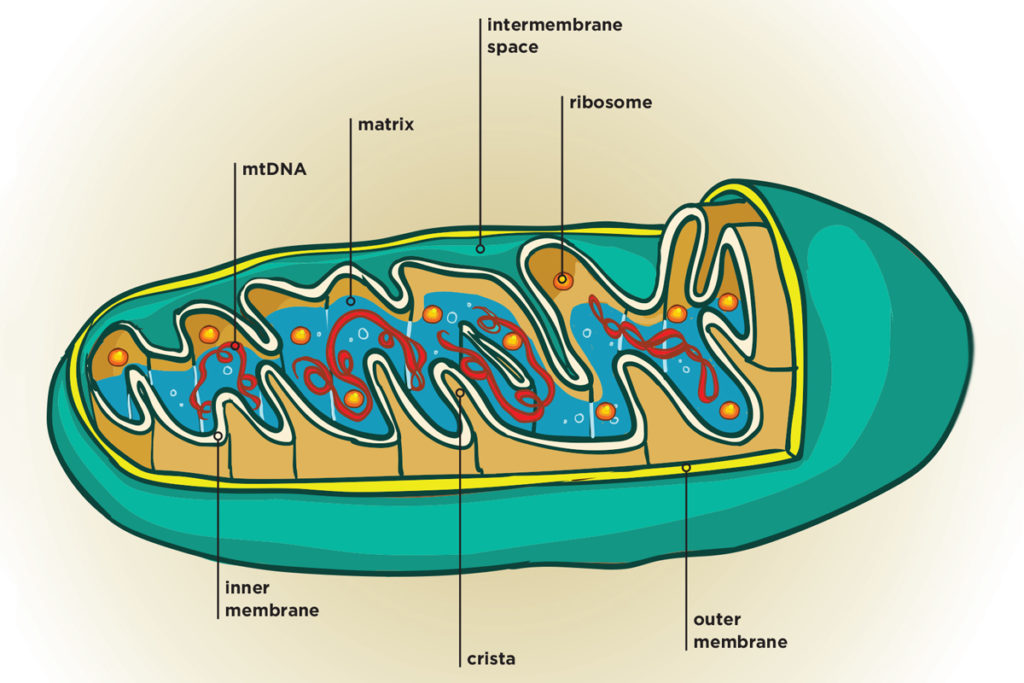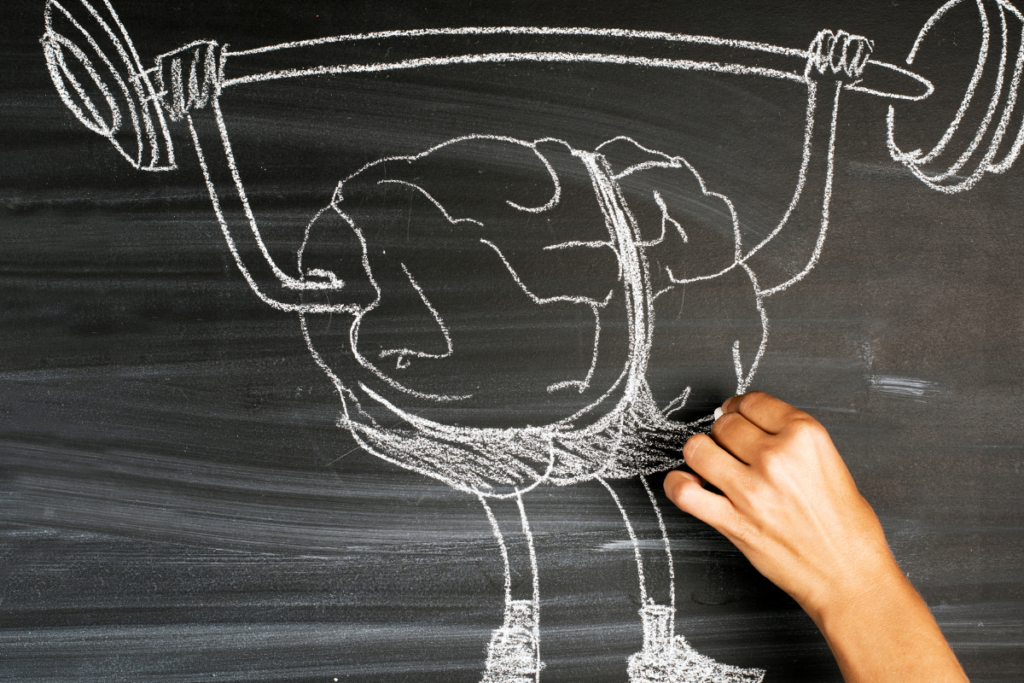The Mighty Mitochondria
Learn more about the microscopic batteries that power your cells.

It’s time to revisit one of the basics of biology: mitochondria. These organelles, which occur in almost all types of human cells, generate adenosine triphosphate (ATP), the energy that cells use (Newman 2017; Newman 2018). They are critical for powering metabolic processes, making them a building block of physical health and fitness.
Besides producing energy, mitochondria
- aid in clearing away old or broken cells by releasing cytochrome C, an enzyme involved in cell death;
- help cells regulate calcium by quickly absorbing calcium ions and storing them until they are needed; and
- produce heat through a process called proton leak.
Source: Newman 2018.
Below are more illuminating facts about mitochondria:
- They are commonly referred to as the powerhouse of cells.
- The mitochondrial process of converting chemical energy from food into ATP is called oxidative phosphorylation (Newman 2018).
- Diets high in fat and fructose have been found to damage mitochondria in the liver. This makes it easier for the liver to synthesize and store fat rather than burn it—increasing the risk of fatty-liver disease and metabolic syndrome (Joslin Diabetes Center 2019).
- Mitochondria contain their own set of DNA, mtDNA, which holds the instructions for proteins and other cellular support across 37 genes. During reproduction, children receive their mtDNA from their mother (Newman 2018).
- Though mitochondria are well-known for energy production, only 3% of the genes needed to create a mitochondrion are used to build its energy production features. Most genes contribute to building other functions specific to the cell type (Newman 2018).
- High-intensity interval training has been shown to increase mitochondrial capacity to generate energy and boost protein synthesis, reversing age-related declines in mitochondrial function (Newman 2017).
- The number of mitochondria in a cell varies by cell type. For instance, mature red blood cells have none, while liver cells can have more than 2,000. The higher the demand for energy, the higher the number of mitochondria (Newman 2018).
References
Joslin Diabetes Center. 2019. High-fructose + high-fat diet damages mitochondria in the liver. Accessed Oct. 7, 2019: joslin.org/news/High-fructose-with-high-fat-diet-damages-liver-mitochondria-increases-risk-of-fatty-liver-disease-and-metabolic-syndrome.html.
Newman, T. 2017. Exercise prevents cellular aging by boosting mitochondria. Medical News Today. Accessed Oct. 17, 2019: medicalnewstoday.com/articles/316229.php.
Newman, T. 2018. What are mitochondria? Medical News Today. Accessed Oct. 7, 2019: medicalnewstoday.com/articles/320875.php.
Sarah Kolvas
Sarah Kolvas is the content manager for IDEA.




